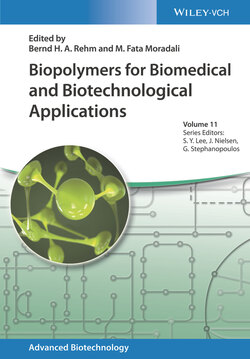Читать книгу Biopolymers for Biomedical and Biotechnological Applications - Группа авторов - Страница 47
2.6.3 Commercialization Prospects
ОглавлениеThe exploitation of microalgal polysaccharides holds great potential of development, representing a sustainable and environmentally friendly strategy to capture CO2 while producing high‐value products with interesting application in therapeutics, cosmetics, and regenerative medicine. However, microalgal polysaccharides had difficulties to enter the market, mainly due to the existence of cheaper alternatives such as macroalgal (e.g. carrageenan, fucoidan, agar) and plant (e.g. guar gum and xanthan gum) products [203]. Nevertheless, there are already some successful examples of the application of microalgal polysaccharides mainly associated with the cosmetic area, such as the sEPS from the red algae Porphyridium sp., marketed by Frutarom under the trade name Alguard™ [6]. Alguard has been used in cosmetics as an antiaging, anti‐irritant, UVB damage protection, anti‐inflammatory, lip balms, healing, and smoothing creams [191]. Also, Algenist™ is a cosmetic product capable of improving health and skin appearance, consisting of a mixture of microalgal polysaccharides named alguronic acid [204]. Furthermore, polysaccharides from microalgae Haematococcus pluvialis and P. cruentum showed antiaging effects, envisaging their use as active ingredients in cosmetic and pharmaceutical formulations [75,205].
